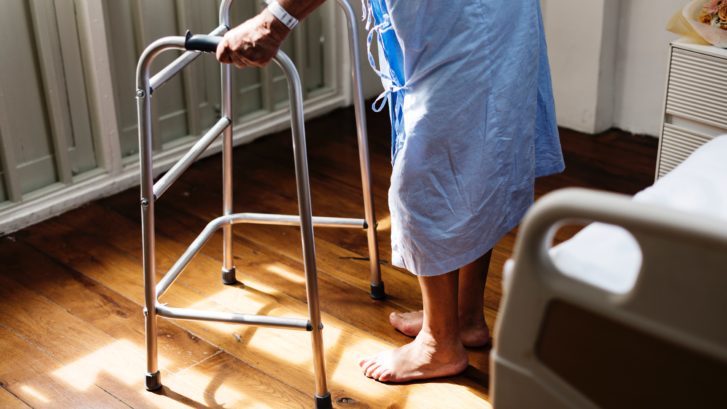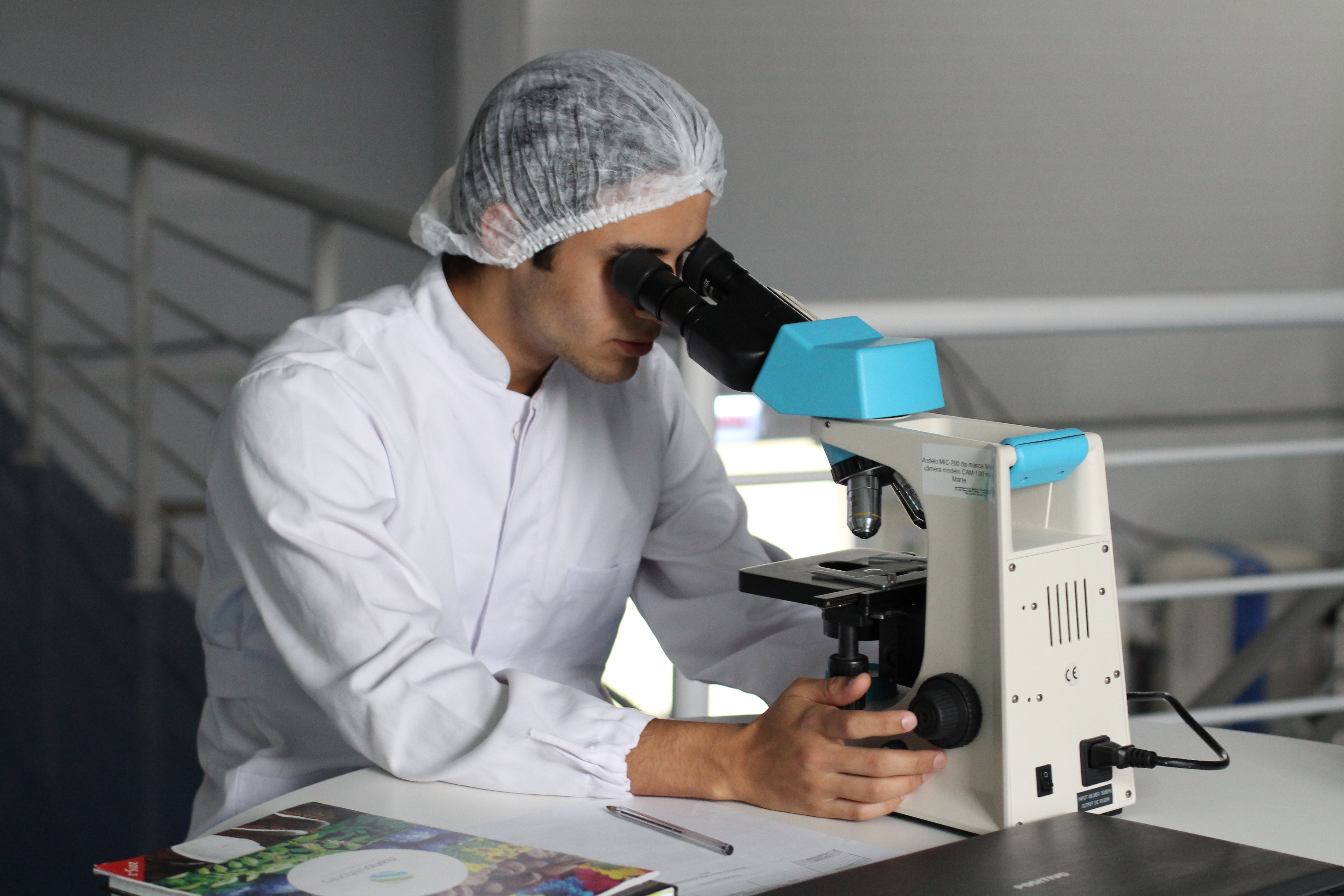Autologous SVF cell therapy for stroke recovery
Stroke or cerebrovascular accident is a result of a disturbance in the supply of blood to the brain. Stroke affects millions of people worldwide every year. It results in ischemic brain injury that means that a part of the brain has suffered from vital tissue destruction due to lack of oxygen. Depending on the duration of tissue loss, extent and anatomic location, the symptoms may vary. Long-term healing involves acute management of neovascularization and swelling of damaged tissues.
Scientists across the world have been actively researching and studying the use of autologous adipose stromal vascular fraction (SVF) procedure for stroke recovery. This procedure comprises of acquiring of the fat or adipose tissue-derived stem cells to promote healing after a patient has suffered ischemic brain injury or stroke.
Stroke recovery and stem cells
For the re-growth of nerve tissues, a large number of active stem cells are required. The stem cells of the patient who has suffered a stroke are freshly isolated from fat and given back in several hours. The procedure of SVF cell therapy is simple and has proven to activate the cells that are around the brain tissue that is suffering in order to catalyse healing. It also works to enhance the functioning of the brain. Moreover, stem cell therapy has also proven to improve the straightening and bending of the joints, as well as, adding a lot more agility in the fingers. Control of limbs and muscle strength are also known to improve.
Ideally, stem cells are to be introduced within 36 to 72 hours of the stroke. But several studies have shown that patients who have suffered a stroke several years back can also achieve a number of benefits from undergoing stem cell treatment.
Very recent study shows the treatment of a 46-year-old male who had balance problems after 2.5 years of a stroke and there were limited signs of improvement even after physiotherapy. SVF cells were freshly isolated and administered intravenously. However, even after 3 months of stem cell application, the patient showed no improvement and he was overweight. However, he started showing progress 9 months onwards and after 2 years, the patient was able to lead a normal life and had also lost more than 20 kgs during the treatment period. In fact, he could even ride a bicycle. Interestingly, he wrote a book about it, including the struggling with stroke consequences as well as about the improvements he was able to achieve after stem cell therapy and finally get cured completely.
Therefore, it can be said that stem cell therapy opens up a world of possibilities for stroke patients and living a normal, healthy life is possible even after severe cerebellum dysfunction.






